Tennessee offers many exciting opportunities for citizens and tourists to
learn more about the ancient and recent past. This page focuses
specifically on archaeological sites and museums with an archaeological
focus.
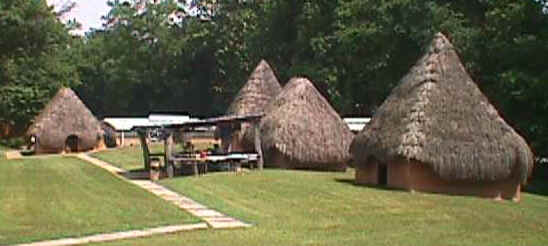 Beginning on the
Mississippi River in the west, Chucalissa and the C.H.
Nash Archaeological Museum offer a recreated late prehistoric
Mississippian town and exhibits focusing on the prehistory of the
Mid-South. Operated by the Department of Anthropology at the University
of Memphis, this National Historic Landmark offers numerous annual
events. Big Ideas at the C.H. Nash Museum at Chucalissa. 30 Days of Tennessee Archaeology, Day 9.
Beginning on the
Mississippi River in the west, Chucalissa and the C.H.
Nash Archaeological Museum offer a recreated late prehistoric
Mississippian town and exhibits focusing on the prehistory of the
Mid-South. Operated by the Department of Anthropology at the University
of Memphis, this National Historic Landmark offers numerous annual
events. Big Ideas at the C.H. Nash Museum at Chucalissa. 30 Days of Tennessee Archaeology, Day 9.
Following Interstate 40 East, two short detours provide an opportunity to
visit another two major prehistoric Native American sites: Pinson Mounds
State Archaeological Park and the Shiloh Indian Mounds.
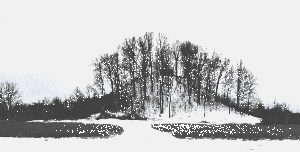 About
twelve miles south of I-40, Pinson
Mounds State Archaeological Park provides visitors with opportunities
to tour the largest Middle Woodland mound site in the United
States. Sauls Mound (at right) is the second tallest mound ever
constructed in North America at more than eight stories.
A 4500-square foot museum provides details on this National Historic
Landmark and the general
prehistory of Tennessee.
About
twelve miles south of I-40, Pinson
Mounds State Archaeological Park provides visitors with opportunities
to tour the largest Middle Woodland mound site in the United
States. Sauls Mound (at right) is the second tallest mound ever
constructed in North America at more than eight stories.
A 4500-square foot museum provides details on this National Historic
Landmark and the general
prehistory of Tennessee.
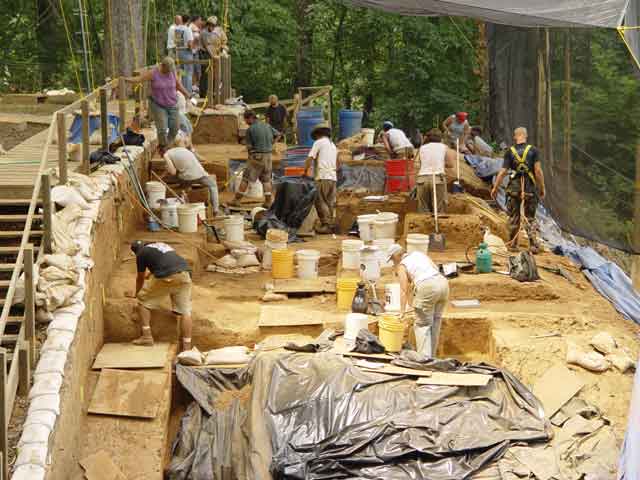 About
fifty miles south of I-40, Shiloh
Indian Mounds is located in Shiloh
National Battlefield Park. From 2001-2003, a team of National Park Service
archaeologists conducted the largest-scale investigation of a
Mississippian mound in the last fifty years at this National Historic
Landmark.
About
fifty miles south of I-40, Shiloh
Indian Mounds is located in Shiloh
National Battlefield Park. From 2001-2003, a team of National Park Service
archaeologists conducted the largest-scale investigation of a
Mississippian mound in the last fifty years at this National Historic
Landmark.
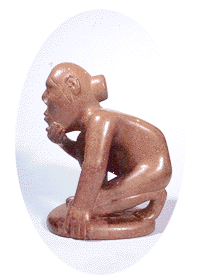 A
few miles from Shiloh in Savannah, the Tennessee River Museum exhibits
artifacts from the mounds including the famous Shiloh pipe, along with displays on archaeology, paleontology, the Civil
War, and the influence of the river on the land, people and the heritage
of the Tennessee River valley. The museum is located at 597 Main
Street.
A
few miles from Shiloh in Savannah, the Tennessee River Museum exhibits
artifacts from the mounds including the famous Shiloh pipe, along with displays on archaeology, paleontology, the Civil
War, and the influence of the river on the land, people and the heritage
of the Tennessee River valley. The museum is located at 597 Main
Street.
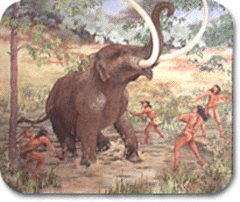 In
downtown Nashville, the Tennessee State Museum
houses a permanent exhibit on The First Tennesseans, including large
portions of the Gates P. Thruston Collection of Vanderbilt University.
The exhibition showcases the material culture of more than 15,000 years of
native peoples of the state.
In
downtown Nashville, the Tennessee State Museum
houses a permanent exhibit on The First Tennesseans, including large
portions of the Gates P. Thruston Collection of Vanderbilt University.
The exhibition showcases the material culture of more than 15,000 years of
native peoples of the state.
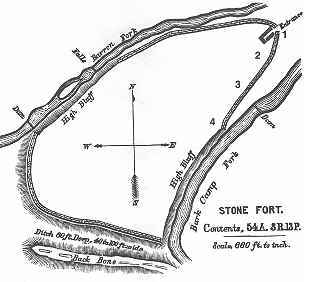 Only 1.5 miles off I-24, about forty miles south of Nashville in
Manchester, Old
Stone Fort State Archaeological Park preserves the remains of one of
the most beautiful and scenic prehistoric ceremonial sites in the state.
The mounds and walls combine with cliffs, rivers, and waterfalls of two
forks of the Duck River to produce a stunning natural and cultural
setting. The park museum includes exhibits and special programs
yearround.
Only 1.5 miles off I-24, about forty miles south of Nashville in
Manchester, Old
Stone Fort State Archaeological Park preserves the remains of one of
the most beautiful and scenic prehistoric ceremonial sites in the state.
The mounds and walls combine with cliffs, rivers, and waterfalls of two
forks of the Duck River to produce a stunning natural and cultural
setting. The park museum includes exhibits and special programs
yearround.
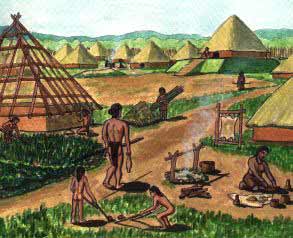 About
20 miles east of Nashville on I-40, the City
of Lebanon Museum and History Center includes permanent displays on
the prehistory and history of the region. A permanent display on the
Sellars Mound site, a large early Mississippian town of Wilson County, is
included in the display.
About
20 miles east of Nashville on I-40, the City
of Lebanon Museum and History Center includes permanent displays on
the prehistory and history of the region. A permanent display on the
Sellars Mound site, a large early Mississippian town of Wilson County, is
included in the display.
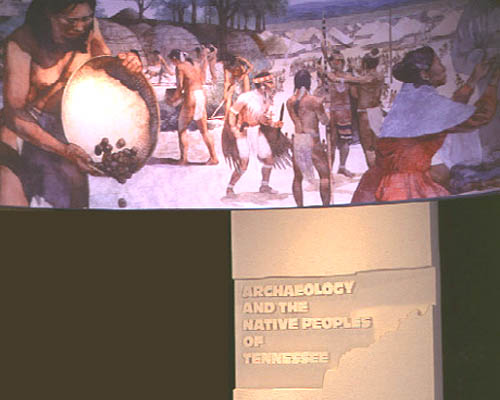 Further east in Knoxville, on the campus of the University of Tennessee ,
the McClung Museum of Natural History and Culture
houses some of the state's most significant archaeological discoveries.
The permanent exhibition "Archaeology and the Native Peoples of Tennessee"
showcases the prehistory and early history of the state.
Further east in Knoxville, on the campus of the University of Tennessee ,
the McClung Museum of Natural History and Culture
houses some of the state's most significant archaeological discoveries.
The permanent exhibition "Archaeology and the Native Peoples of Tennessee"
showcases the prehistory and early history of the state.
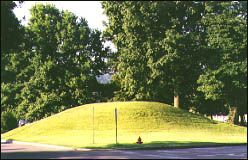 The
agricultural campus at the University of Tennessee off Neyland Drive also
includes a Late Woodland burial mound.
The
agricultural campus at the University of Tennessee off Neyland Drive also
includes a Late Woodland burial mound.



